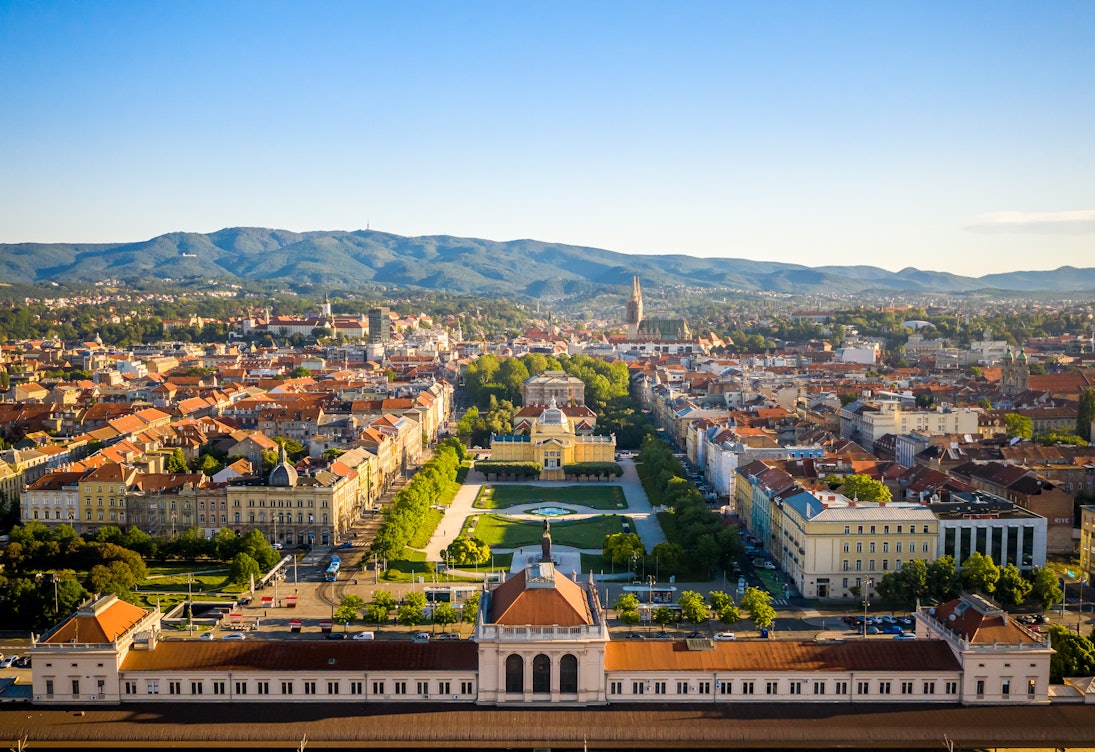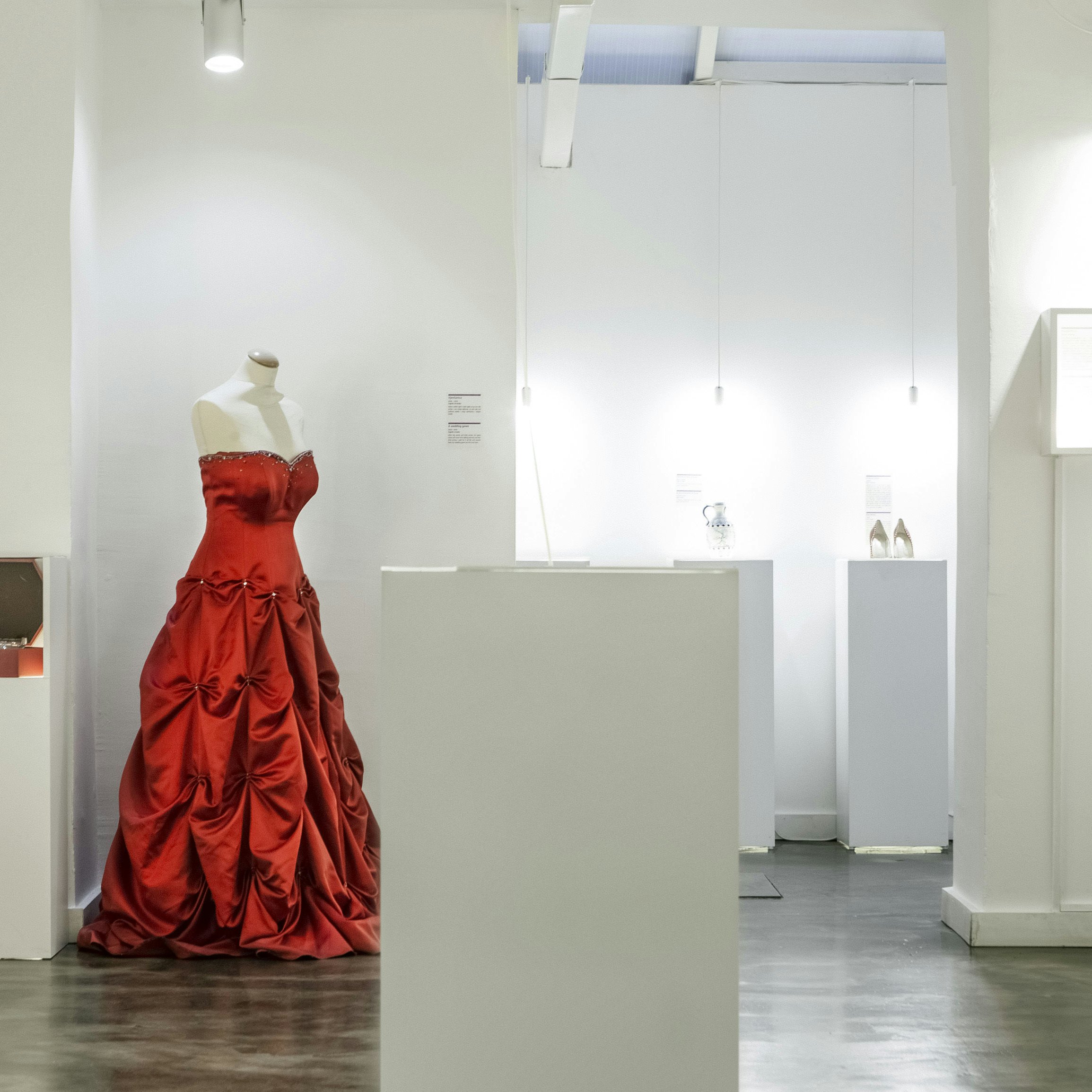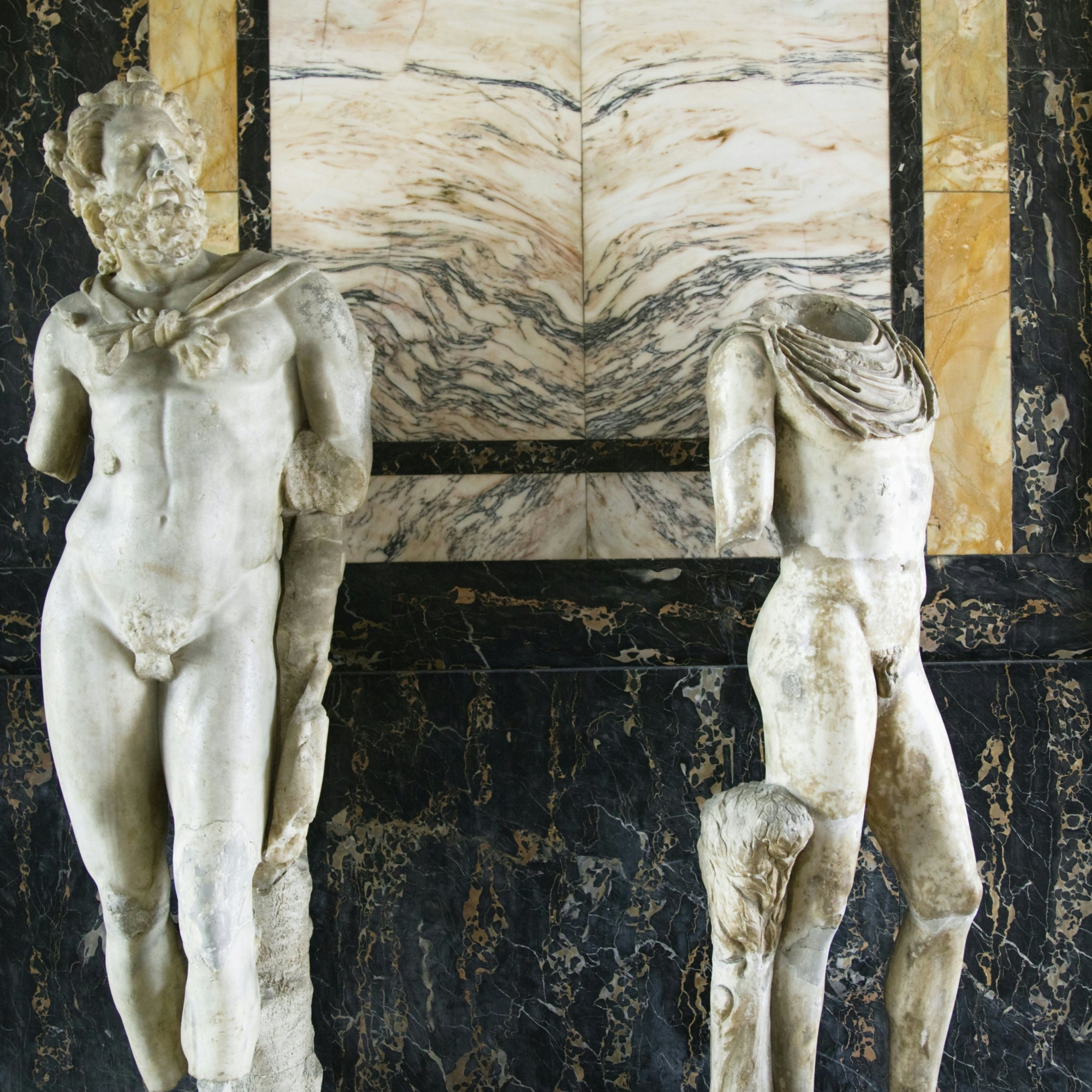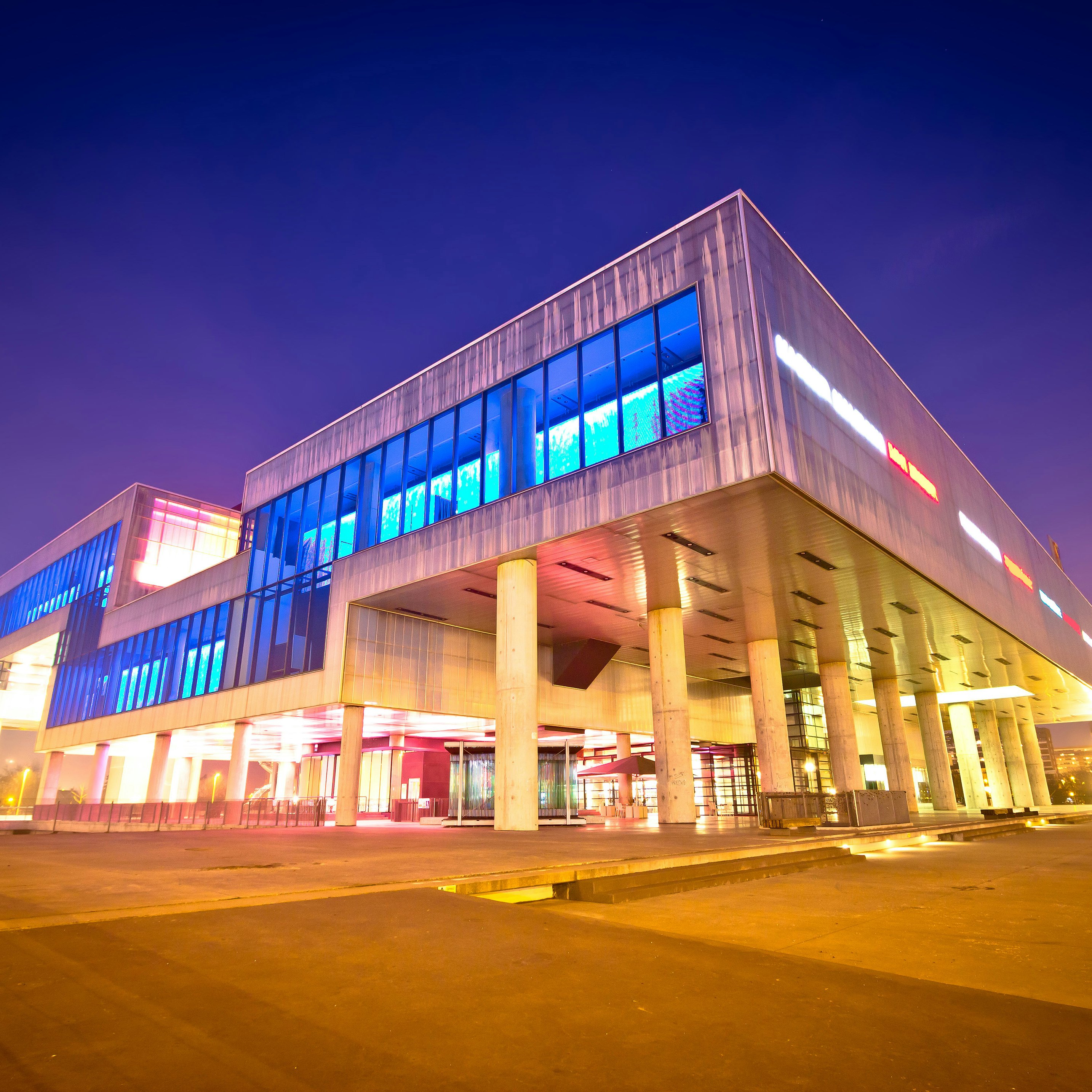
Overview
Zagreb is made for strolling. Wander through the Upper Town's red-roof and cobblestone glory, peppered with church spires. Crane your neck to see the domes and ornate upper-floor frippery of the Lower Town's mash-up of secessionist, neo-baroque and art deco buildings. Search out the grittier pockets of town where ugly-bland concrete walls have been transformed into colourful murals by local street artists. This city rewards those on foot.
Leave the planning to a local expert
Experience the real Zagreb. Let a local expert handle the planning for you.
Must-see attractions
Planning Tools
Expert guidance to help you plan your trip
Best Things to Do
More than just a stop-over en route to Croatia's Adriatic Coast, Zagreb is a city on the rise. Here are the best things to do in the Croatian capital.
Read full article
Get a book. Get inspired. Get exploring.
in partnership with getyourguide

















